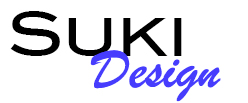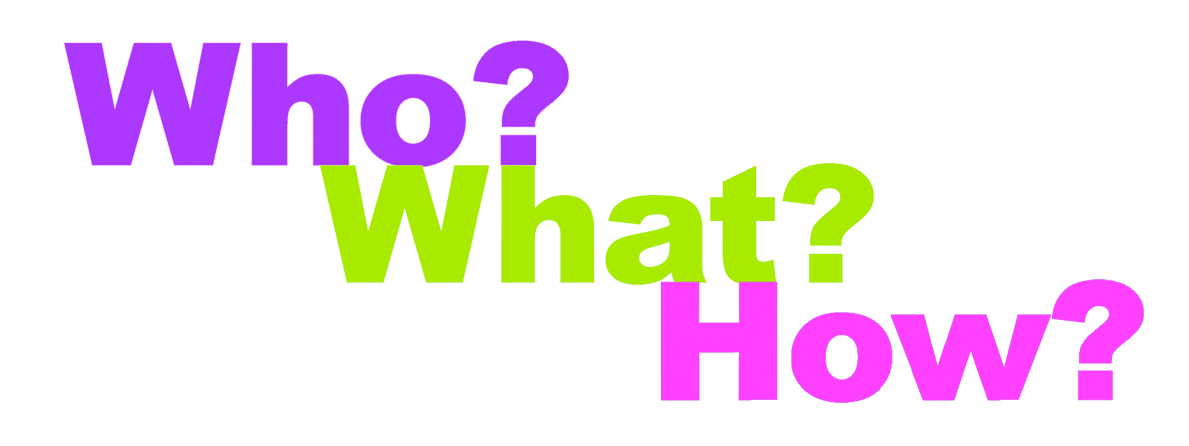It all starts with research and whiteboarding!
As a UX Designer, whiteboarding and showing a journey map and task flows is extremely effective to solve a design problem. By standing in front of a whiteboard, leading a group of people, by talking, writing, and drawing through a specific goal and challenge, a designer can touch upon their design thinking by showing design process of how to achieve a successful outcome and best experience for the user by by considering all positive options and to strategize against any possible issues that may occur for a user.
The designer’s mindset must be to create a community in the whiteboard group setting, to be inclusive, collaborating to solve this problem together by taking command of the room, while quickly visualizing and drawing out key points, goals, and visions. How do I design collaboratively and take inputs from others, and to take into consideration any constraints? Team work can be very helpful.
It’s about focusing. What problem are we trying to solve, and for whom? Has user research already been done, and are there established user personas created yet? What’s the outcome or vision? Why should the user care about this product or feature? What problems does it solve? What are the user goals? Are there any assumptions? Are there metrics? How will user achieve their intended goals? All of these questions lead to a users story to help draw a most effective product or feature storyboard and task flow of possible paths. This design story addresses the actions a user can take and their behaviors.
Can you see the journey of how a user progresses through a task? Task flows inject the user into the process. Can you identify areas of potential problems? As a designer, you need to anticipate all possible outcomes of your user flows. Once you have the main flows, you need to begin to list out cases that are less common, but still occur. These are any alternate outcomes in a user flow that need to be considered or further resolved. All of these results show your visible progress with problem-solving skills. Recognizing problems such as, are there potential conflicts? System requirements? Usability issues? It’s very important to consult with technical team to help establish any technical constraints at this early stage too. Communication with your team is key!
Overall, problem solving is very challenging, but when approached by truly trying to conquer learning what’s best for the user, with a proper process and strategy, creative thinking, a top notch design, and smooth functionality, anything is possible.
Wishing you much success with your next Whiteboard Challenge!
Suki Soltysik

